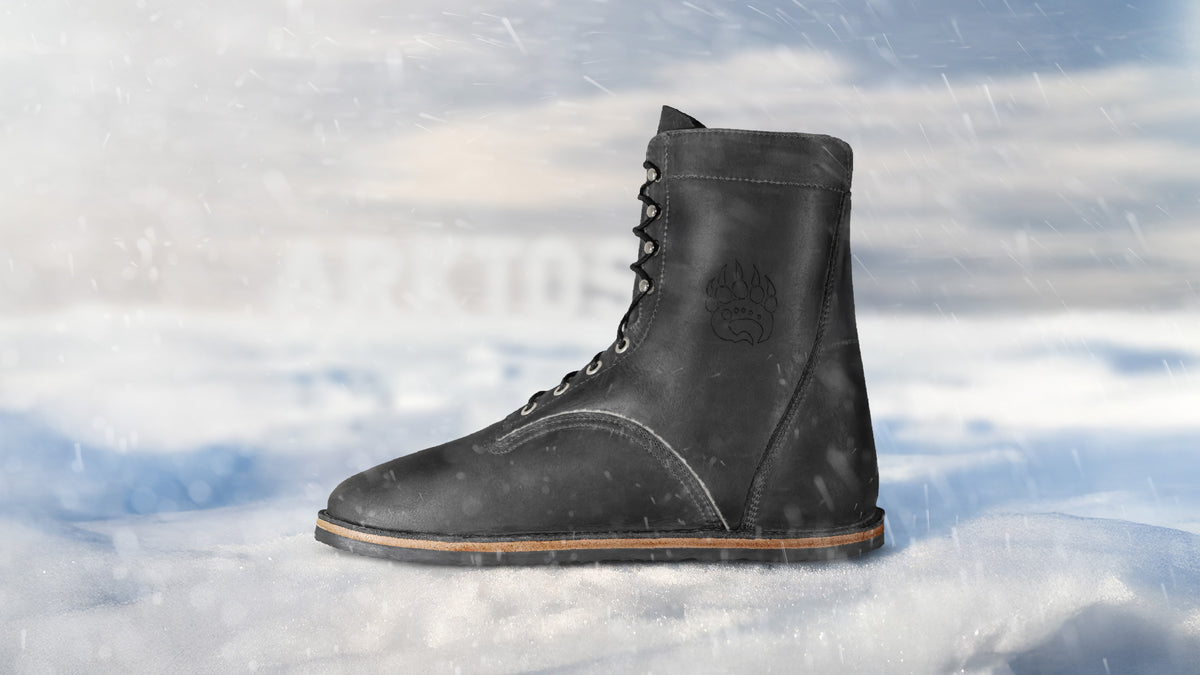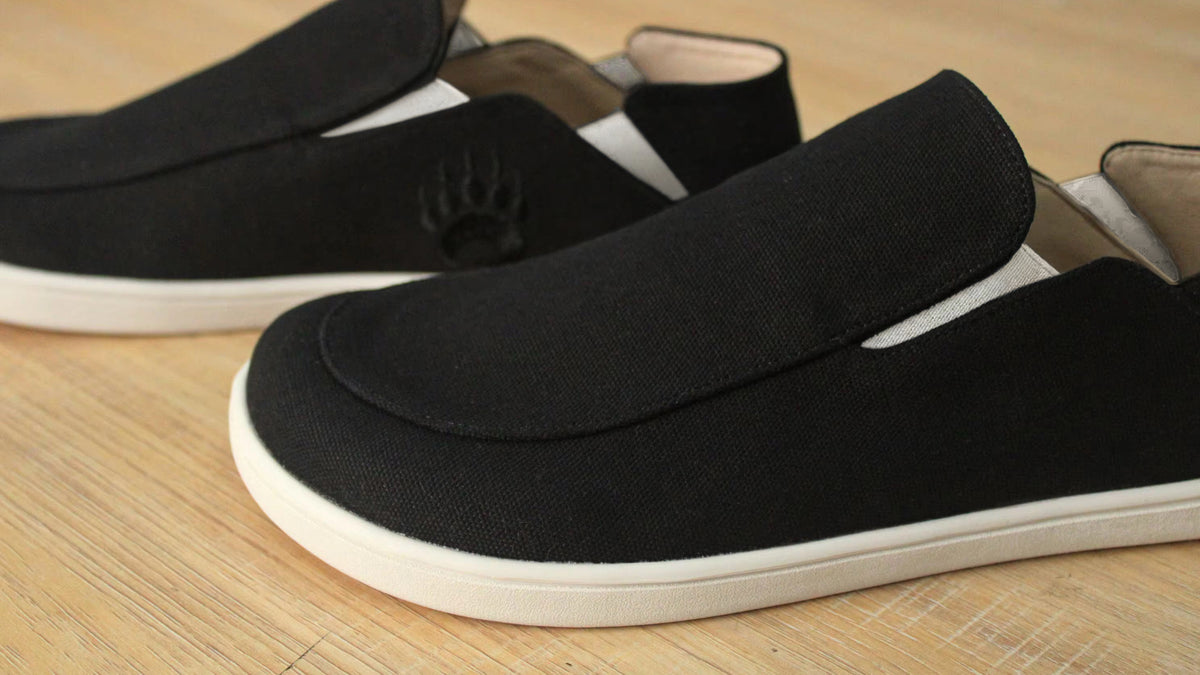Foot Rolling for Stronger Feet
By: John Baker, CSCS and Dr. Lily Hoog-Fry, DC, RYT-E
Introduction
Our feet are the foundation of our bodies, and yet they often don't receive the attention and care they deserve. This neglect can lead to various foot problems and impact our overall well-being, performance and resiliency. In this article, we will explore the world of foot health and introduce you to all the variability in the practice of foot rolling – a simple yet effective way to strengthen your feet and improve their overall health.
Understanding Foot Anatomy
Before we dive into the different facets of foot rolling, let's lay the foundation by understanding the intricate anatomy of our feet. Specifically, the bottom of the foot. Our feet are remarkable structures, each consisting of dozens of bones, muscles, ligaments, and tendons. These components work together with the plantar fascia to support our bodies and enable movement.
The bottom of the foot has many layers of tissue. When functioning as designed, these layers of tissue (layers of muscles and tendons enveloped by septa of fascia with nerves, arteries and veins piercing through) glide and slide past each other, enabling normal fluid and athletic movement without pain. However, when these tissues are immobilized, like when in a poorly constructed shoe or during periods of inactivity, their fluidity decreases and they can become bogged up. This causes the tissues to feel tight and restricted, which in turn restricts the bones and the lines of fascia in the related areas, limiting overall foot (and hamstring, low back and neck mobility. Thus, in order for normal movement, the structures and layers of tissue in the bottom of the foot must be able to glide and slide across each other with ease – cue why foot rolling is important.
Benefits of Stronger Feet: Stronger feet offer numerous benefits beyond just being able to have a few foot party-tricks, or being able to walk or run without discomfort. Let's take a closer look at some of the advantages of having stronger feet:
Improved Balance and Stability: Improving balance and stability at the foot is a good idea and effective way to lower the risk of injury and improve the overall health of the lower leg, and the entire body. Strong feet provide a solid foundation for you to move upon, which is essential for navigating uneven terrains often found in natural settings or battling large loads against your body in the gym (Peterson et al, 2020)(Ren et al, 2022)(Quinlan et al, 2022)(Xu et al, 2023).
Enhanced Athletic Performance: Whether it's hiking in the wilderness or loading up a barbell in the gym, stronger feet can significantly improve the performance of the rest of the body. Simply put, if you have a better connection with the surface you're interacting with, and have better muscular recruitment because your foot is functioning properly, you're going to perform better (Kirk et al, 2022)(Xiaole et al, 2020).
Reduced Risk of Foot-Related Injuries: In a rugged lifestyle, you might find yourself engaging in physical activities outdoors. Strong feet are able to move better and are less prone to injuries like sprains or strains, allowing you to continue enjoying nature (Al Abdulwahab & Kachanathu, 2015)(Taddei et al, 2020).
Better Overall Posture: Proper foot alignment contributes to better posture, ensuring that your body is well-balanced and aligned with the natural world around you. As we've mentioned before, the body is a tensegrity structure, which means that displacements and movement in one area will affect all other areas to some degree. In other words, the amount of range of motion in the foot and ankle, amount of arch support, position of tender points on the sole of the foot, and tight muscles can shape the way the foot and ankle are positioned, which can shape the way the rest of your body orients itself (Reutimann et al, 2021).
The Basics of Foot Rolling
Now that you understand why foot health is essential, let's dive into the basics of foot rolling. Foot rolling is a practice that involves applying pressure to different areas of the feet using specific tools or your body weight. This technique helps release tension, increase blood flow, and strengthen the muscles of the feet. We'll cover the definition of foot rolling, the tools and equipment you'll need, and the proper technique and precautions to ensure safe and effective practice.
Definition of Foot Rolling: Foot rolling is a simple yet powerful practice that involves massaging and stretching the muscles and tissues of the feet using specific techniques, minimal tools, or even just your body weight. Foot rolling is a form of self-myofascial release that involves the use of an external object against the bottom of your foot, with the goal of decreasing the number of pressure points, tender spots/trigger points, un-natural tension/alignment, and muscle soreness of and around the foot.
Tools and Equipment for Foot Rolling Exercises: One of the beauties of foot rolling is its minimalist nature. You don't need fancy equipment; you can perform most foot rolling exercises with minimal tools, or even with just your hands and a flat surface. Some common tools for rolling out feet include using a lacrosse ball, golf ball, foam roller, tennis ball, and even a frozen water bottle.
Proper Technique and Precautions: Safety and mindfulness are paramount in any minimalist practice. More is not always better, and more pain does not always equal more gain. Please do not go above a 6/10 pain scale when rolling out your feet. You may have to adjust the amount of pressure you use as you go to achieve this. Note, too much pressure and/or intensity too soon can cause the body to become panicked and actually cause the structures of the foot to lock up (think of having a bad cramp) or become inflamed.
Types of Foot Rolling Patterns
Here are various foot rolling methods, each designed to target different areas of your feet and offer unique benefits that resonate with a back-to-land lifestyle:
-
Longitudinal Arch Roll: This style of roll consists of long smooth strokes that range from the heel of the foot down to the toes of the foot. As the name implies, these styles of rolls will span the longitudinal arches of the foot.
-
Heel Specific Roll: Targeting the heels, this exercise can help alleviate pain and discomfort often associated with walking on natural terrains and with plantar pain. It is going to be important to be careful here as there are many attachments to the heel, and tender areas may be very close to non-tender areas. When rolling the heel, try and think about gently prying the tissue from the heel-bone as you try and free up the tissue. You won't actually try the tissue from the bone (probably), but it will deliver a powerful stimulus of relaxation to your nervous system to help the brain to release the tissue.
-
Transverse Roll: It's really important to loosen the tissue of the foot in multiple different directions, unless you only want to move in one specific way. Therefore, it's important to add some rolling in that works the tissue laterally, in a side-to-side fashion. Conventional shoes roll the pinky toe underneath the sole of the foot. When performing transverse rolls, think about unrolling your foot out to the side, similar to unrolling a roll of toilet paper. We want the feet to be able to splay wide when weighted.
-
Toe Roll: Strengthening your toe muscles and mobility is crucial for overall foot health, mirroring the adaptability and dexterity required for a life when we lived closer to the land. When rolling out your foot, make sure to spend some time near the end of the foot where the toes and sole meet. Roll out the end of the foot (prior to the toes, what some people call the forefoot), and really try to allow and facilitate a lot of movement between the metatarsal bones (long-bone extensions of the toes into the foot). Also, plant your forefoot firmly overtop of your rolling-object and wiggle your toes. It is very important that your toes develop the ability to move when the bottom of the foot is compressed (e.g. walking, running, training, etc.).
Incorporating Foot Rolling into Your Routine: Now that you've discovered the amazingly efficient and useful approach to foot health through foot rolling, it's time to implement it. We find that it is easiest to add new health-tasks like this to times of the day in which you are occupied already and not moving. Some great examples of this are: waiting for your eggs to cook, waiting for the water to heat up, brushing your teeth, between sets at the gym, while on a conference call, etc.
Frequency and Duration Recommendations: We recommend trying to roll your feet out for at least 1-2 minutes per foot, per day.
Conclusion:
Investing in your foot health through foot rolling exercises is a simple yet effective way to ensure your feet remain strong, healthy, and pain-free. By understanding the anatomy of your feet, recognizing the holistic benefits of stronger feet, mastering the minimalist practice of foot rolling, and incorporating these exercises into your routine, you can take significant steps toward a more grounded, and healthier life. Your feet are your bridge to the natural world—treat them with care and they'll support your journey. Don't wait until foot problems emerge; start caring for your feet today, and they will continue to support you for years to come.




























